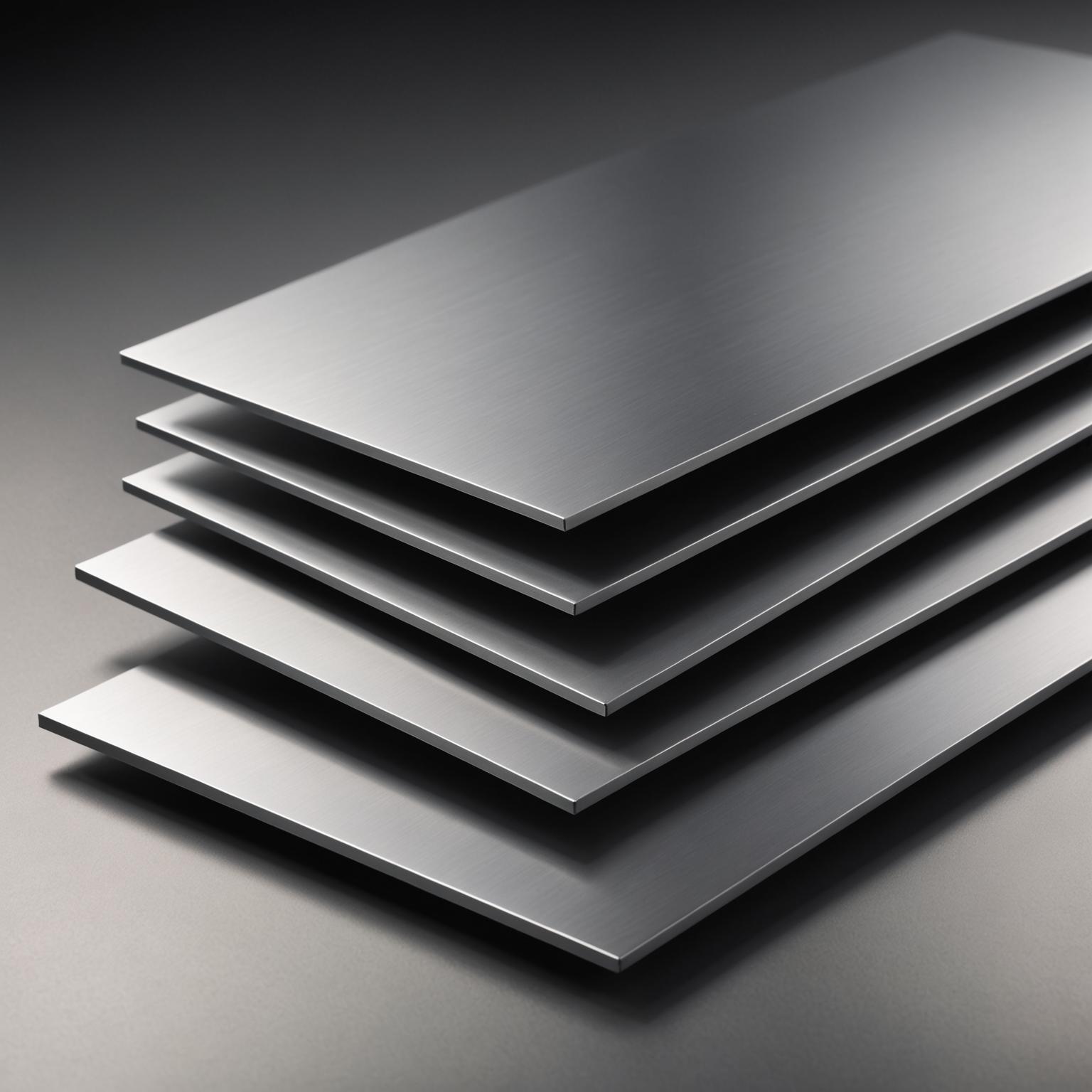When embarking on a new construction, fabrication, or design project, selecting the right material is the cornerstone of success. Stainless steel is often a top contender due to its strength, durability, and sleek aesthetic. However, not all stainless steel is created equal. The discussion of 304 vs 316 Stainless Steel Sheet is one of the most common debates among architects, builders, and DIY enthusiasts alike. Both are excellent materials, but their subtle differences in composition lead to significant variations in performance, especially concerning corrosion resistance and cost. Understanding these distinctions is crucial to ensure your project not only looks great but also stands the test of time.
Understanding Grade 304 Stainless Steel
Grade 304 is the most widely used type of stainless steel in the world, often referred to as "18/8" stainless steel. This name comes from its chemical composition, which typically includes 18% chromium and 8% nickel. The chromium is the key element that gives stainless steel its signature resistance to rust and corrosion by forming a passive, protective layer on the surface when exposed to oxygen. This makes 304 an incredibly versatile and reliable choice for a vast range of applications. It boasts excellent formability, meaning it can be easily shaped and bent, and it is also highly weldable. You will commonly find 304 stainless steel in kitchen appliances, sinks, food processing equipment, architectural trim, and storage tanks. Its brilliant, clean finish, whether brushed or polished, makes it a favorite for applications where aesthetics are as important as function. For most indoor and general outdoor environments where exposure to harsh corrosive agents is minimal, 304 provides an ideal balance of performance and affordability.
Understanding Grade 316 Stainless Steel
At first glance, 316 stainless steel looks identical to 304. The critical difference, however, lies in its chemical makeup. Grade 316 contains the same high levels of chromium and nickel but with an important addition: molybdenum, typically around 2-3%. This single element dramatically enhances the alloy's corrosion resistance, particularly against chlorides and other harsh industrial chemicals. This makes 316 the superior choice for environments where the material will be exposed to saltwater, de-icing salts, or acidic solutions. Because of this enhanced protection, it is often called "marine-grade" stainless steel. Its applications are more specialized and demanding, including marine hardware and fittings, chemical processing and storage equipment, pharmaceutical machinery, and medical implants. While it shares the same excellent formability and weldability as 304, its superior resistance and slightly greater strength come at a higher price point due to the added cost of molybdenum.
Key Differences: A Head-to-Head Comparison
The primary deciding factor in the 304 vs 316 Stainless Steel Sheet debate is the environment of your project. The addition of molybdenum in 316 provides superior protection against pitting and crevice corrosion in chloride-rich settings. If your stainless steel sheet will be near the coast, on a boat, or in a chemical plant, 316 is the only reliable option. For an indoor kitchen backsplash or decorative paneling, this level of protection is overkill, and 304 is perfectly suitable. This leads to the second major difference: cost. Grade 316 is consistently more expensive than 304. The added cost of molybdenum and sometimes higher nickel content directly translates to a higher price per sheet. For large-scale projects, this cost difference can be substantial, making it economically unwise to specify 316 where it isn't necessary. In terms of mechanical properties, both are robust and durable, though 316 generally offers slightly higher tensile and yield strength, making it marginally stronger and more resilient under stress and at higher temperatures.
Which is Better for Your Project?
Answering the question, "Which is Better for Your Project?" requires a careful assessment of your specific needs, environment, and budget. There is no single "better" grade, only the "right" grade for the job. To make an informed decision, consider the following guidelines. Choose 304 stainless steel if your project is located indoors or in a low-corrosion outdoor environment, far from the coast. It is ideal when budget is a significant consideration and the application does not involve exposure to salts or strong acids. Common examples include kitchen countertops, appliance panels, indoor railings, and decorative architectural features. Choose 316 stainless steel if your project will face harsh conditions. This includes any marine application, outdoor structures in coastal areas, equipment for swimming pools, or any setting where the steel will be in regular contact with de-icing salts or corrosive chemicals. While it costs more, investing in 316 for these environments will prevent premature failure, rust, and costly replacements down the line, making it the more cost-effective choice in the long run.
Making the Final Decision
Ultimately, the choice between 304 and 316 stainless steel comes down to a trade-off between price and corrosion resistance. By evaluating the long-term environmental exposure of your project, you can confidently select the material that offers the right level of protection without overspending. For a premium brushed finish on an indoor decorative wall, 304 delivers the desired aesthetic and durability. For a boat cleat or a railing on a seaside balcony, 316 is non-negotiable for ensuring safety and longevity. Both grades represent high-quality, durable, and sustainable material choices that, when used appropriately, will provide decades of reliable performance and timeless style. Making the correct choice from the start ensures your investment is sound and your project is a lasting success.








